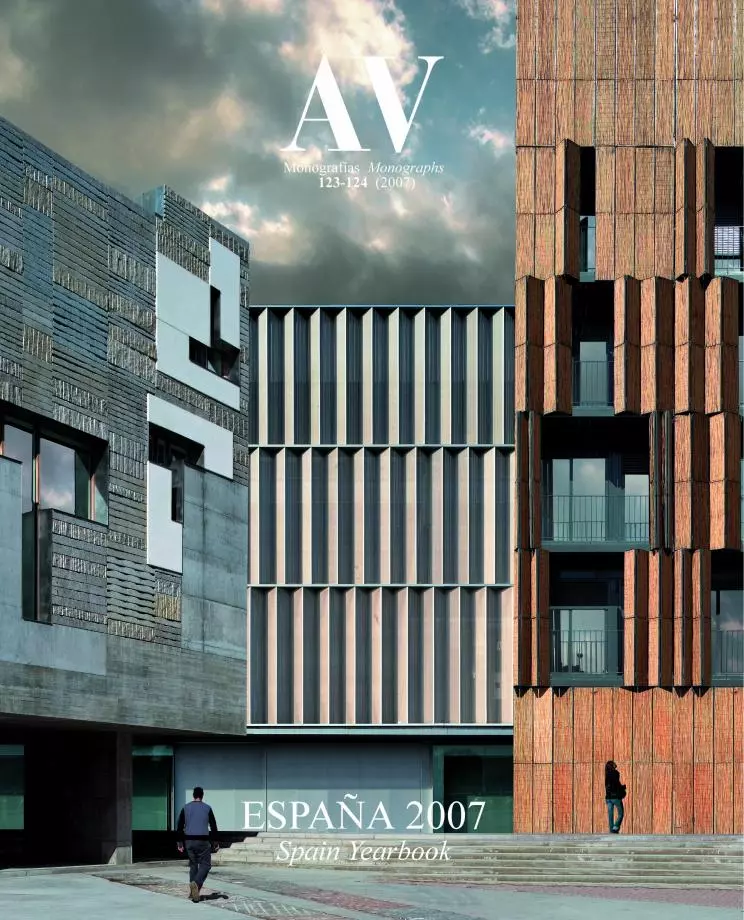The Celtic Tiger
The Irish prosperity fuels a real estate boom that is suburbanizing the country while promoting an architectural surge with both lights and shadows.
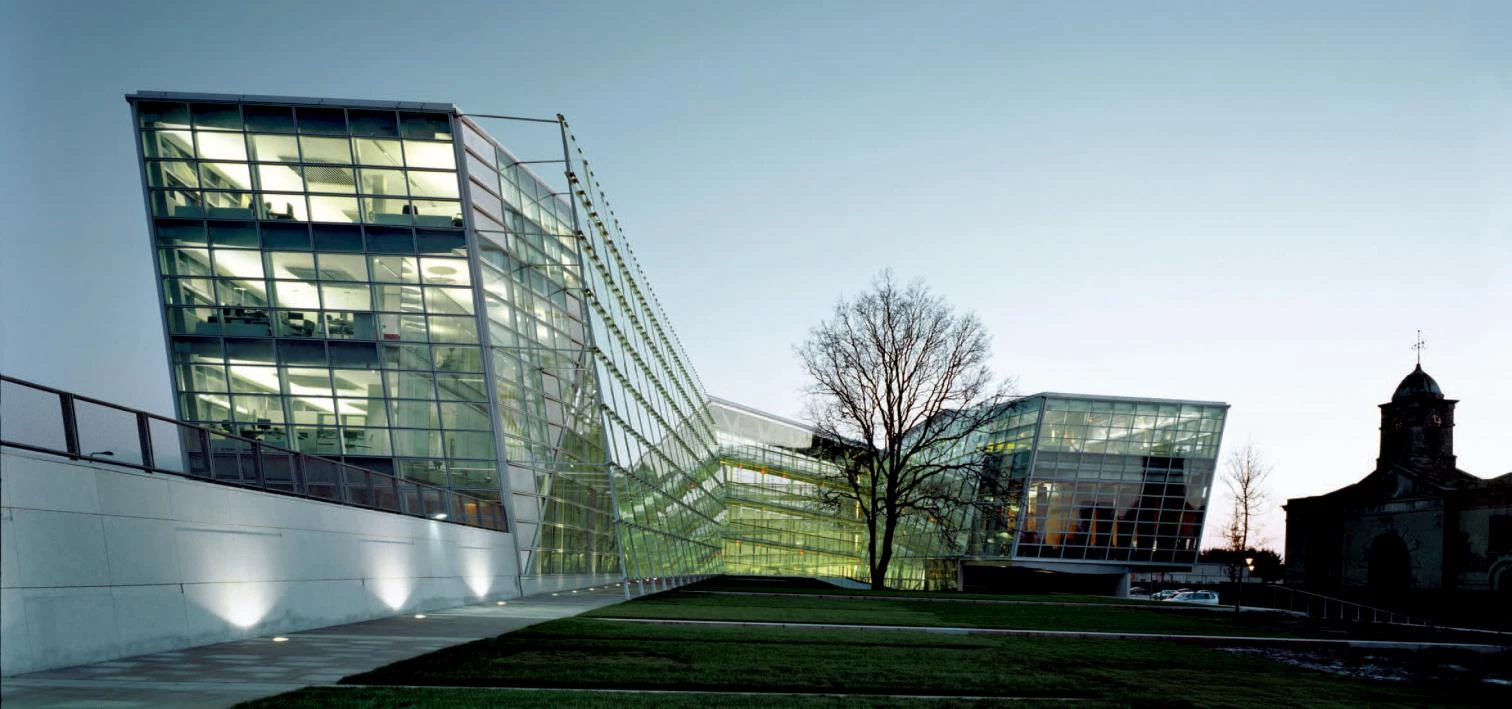
Ireland rides on the back of a tiger. The sleepy dragon of the Emerald Isle has become a feline as ferocious and flexible as its fellow kind from the Pacific, and the fairy-land of Yeats has turned into an Atlantic athlete that displays its financial muscle assuring that it feels closer to Boston than to Berlin. But this Celtic tiger – as it was called by Morgan Stanley a decade ago – has a heart of shadow; the Irish economic miracle is weaved around a silent and resonant cavity of waste towns and daily endurance. Material progress and cultural modernization have produced destitute margins and faded identities, redundant people and indifferent lives, in an exacerbation of the individualism and the anomy that reflects us all on its concave mirror. Ireland and Spain are two success stories of the European Union, but Ireland is an accelerated Spain, with fewer taxes and less infrastructures, a faster growth and more immigration; its present is perhaps our future, and this hypothetical circumstance prompts an admiring and warning gaze..
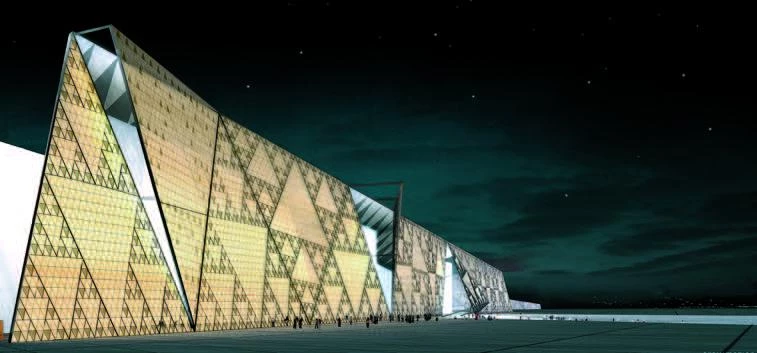
The cosmopolitan couple of Heneghan & Peng, winner of the competition for the Grand Egyptian Museum in Cairo (right), has inaugurated the municipal civic center Àras Chill Dara, in Kildare County (above).
At the last Venice Architecture Biennial, that which takes pride on being the most globalized econcomy of the planet explored the territorial scenarios for the coming years, after having experienced a spectacular process of urban growth during the last decade. The driving forces behind Irish development are high-technology manufacture and a sophisticated service sector – the country is one of the leading software exporters –, backed by a broad education, the English language and a reduced business tax that have favored the establishment of multinational companies and boosted productivity, which has grown four times as fast as the average of the Union. But the economic impulse is also due to the real estate boom that colonizes the landscapes of the island with a unanimous extension of single-family homes, a colossal dispersion of dwellings that makes the trips to work endless, organizes life around the car – in the absence of efficient collective transport –and increases the country’s energy dependence: a series of dysfunctions that the curators of the Venetian exhibition proposed to remedy with a transition from the ‘SubUrban’ to the ‘SuperRural’, a fortunate motto which replaces the degeneration of the city with the regeneration of nature.
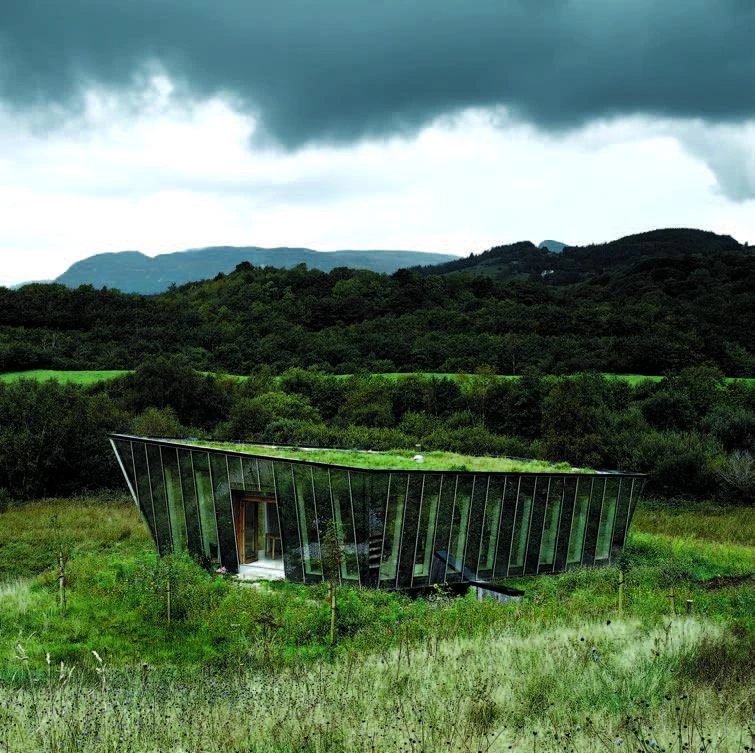
Geometry and landscape are the essential references of the Mimetic House, by Dominic Stevens, in Leitrim County (right) and of the Poustinia retreat houses, by Bates & Maher, in Kilsheelan, Tipperary County (below).
While Ireland reinvents its urban future, its cur-rent architecture shows signs of the present fracture and of the growing physical and emotional gap be-tween those who have been able to get on the fast track of globalization and those forgotten in an abandoned station where no trains stop. The work of two couples, who are also associates, can serve as a guide in this excursion of extremes: that of the Irish Róisín Heneghan and the New Yorker of Chinese origin Shi-Fu Peng, both graduated in the late eighties and trained at the Princeton studio of Michael Graves, illustrates the most cosmopolitan dimension of contemporary Ireland; for its part, the latest project of Sheila O’Donnell and John Tuomey, whom after graduating in Dublin in 1976 completed their training at the London office of James Stirling, offers a pedagogical account of the social margins of an incandescent country..
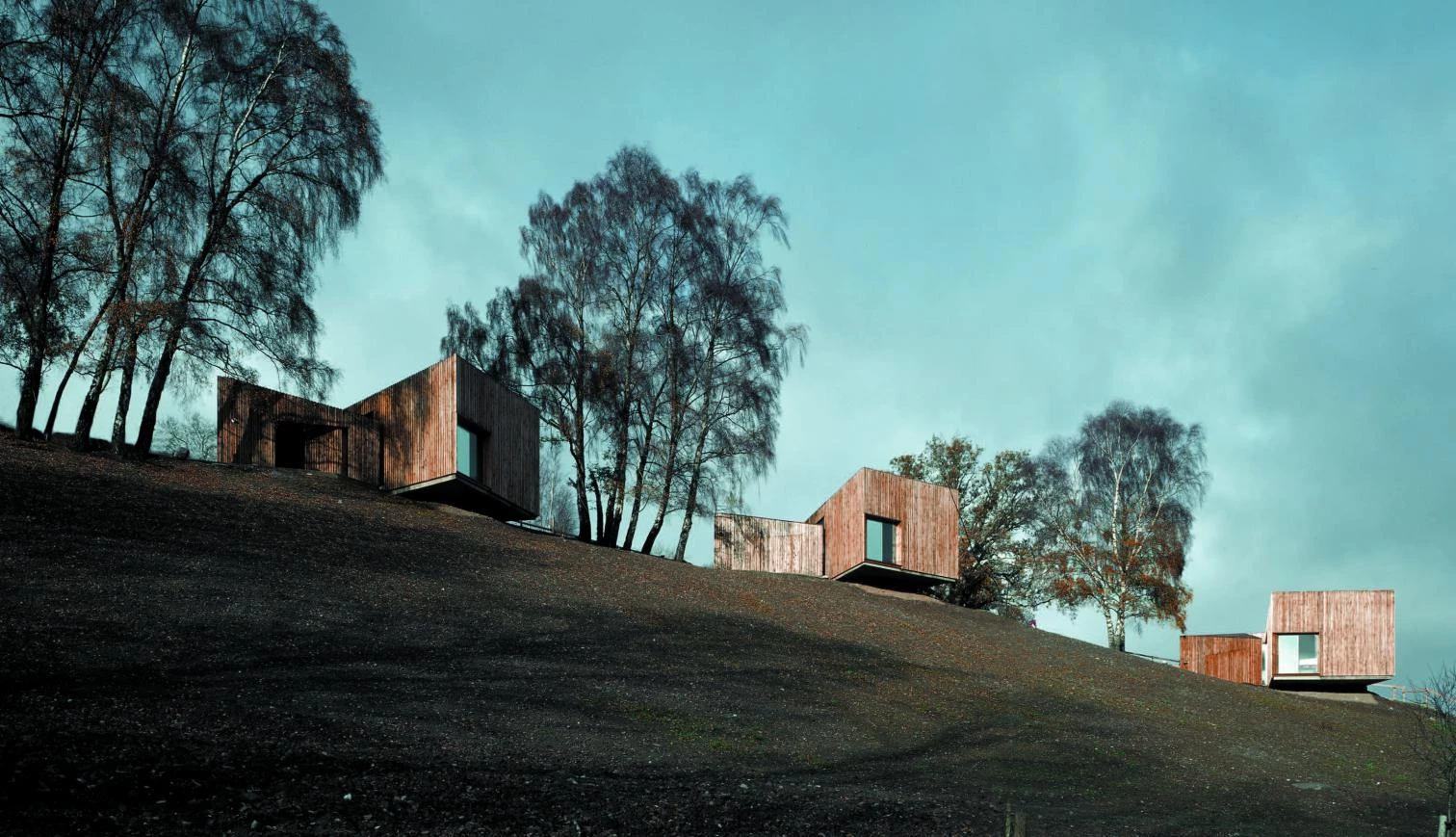
Heneghan Peng have just finished a civic center of diagonal glass and swift edges that goes up in the almost rural Kildare County with the confident presence of a metropolitan visitor, but this new work does not distract them from their main undertaking: the Grand Egyptian Museum in Cairo, a colossal structure close to the pyramids – raised in part with Japanese soft credits – that they won in competition three years ago, and are now carrying out as leaders of a team with engineers in London – the group of Cecil Balmond at Ove Arup – and landscape designers in Rotterdam – the West 8 of Adrian Geuze. From their large and luminous Dublin office, the couple builds exquisite laser-cut models, designs meticulous details and practices American organization methods with their European collaborators in this African project financed by Asians.
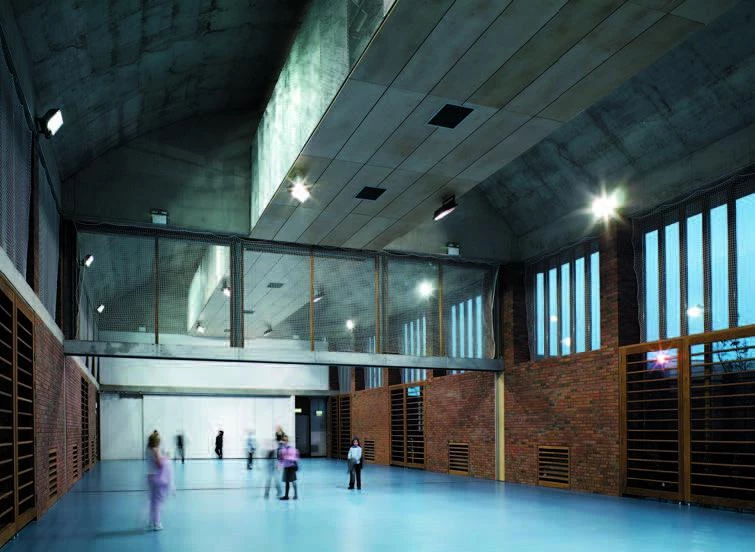
The stark Cherry Orchard School (above), in a decaying area of Dublin, is the most recent work by the Irish O’Donnell & Tuomey, whose elegant Glucksman Gallery in Cork (below) was selected for the British Stirling Prize.
Far from the city center, O’Donnell and Tuomey arrive at their studio by bicycle and proudly show the recently released monograph on their oeuvre, with the Glucksman Gallery of Cork on cover, a small work selected in one of the last editions of the Stirling Prize. The book does not include their most recent completion, the Cherry Orchard School, whose bucolic name conceals the dramatic reality of a neighborhood devastated by delinquency and drugs, inhabited by defeated adults and children that wander about the streets, abandoned by bro-ken families and an indifferent society. Started by a visionary priest, the school wants to be a foster home for these children, training them in domestic skills that were not taught to them at home – from hygiene to cooking –, but even this generous undertaking has cautionary chronological and mate-rial limits: it only accepts very young kids, because those over ten are considered hopeless; and the school, in any case, has been built to resist vandalism, with solid walls and concrete vaults without roof tiles or sheets that could be pulled off. Only one budgetary exception were the architects able to extract from the education authorities: the walls that separate the school from the surrounding urban jun-gle would not be made of concrete blocks, as those of the nearby prison, but of brick, to prevent the children from associating both institutions.

Dublin is a literary city, and visitors following the steps of Leopold Bloom or Stephan Dedalus –as those who go to St Patrick’s cathedral in search of Jonathan Swift, or to Trinity College in tribute to Oscar Wilde and Samuel Beckett – are unlikely to get lost in these menacing and desolate quarters. However, the city of Joyce is also that of Bacon, and the reconstruction of the painter’s London studio in the interior of High Lane Gallery – the city museum of contemporary art – offers a visual metaphor of the shreds of darkness that stripe the splendor of the Celtic tiger: in the half-light, surrounded by the sad flesh of some canvasses and the promises of solar happiness of his dictionaries, grammars and text-books of Spanish, Italian and Greek, the abyssal and abject chaos of the studio offers itself to the gaze behind a glass of urn and sepulcher. Francis Bacon, who died in Madrid in our annus mirabilis of 1992, was incinerated without witnesses in the cemetery of La Almudena, but his true remains lie in the desperate confusion of this den of papers and paint. The Ireland of the diaspora, that was once ember, returns as dust to the fertile womb of the mythical nation, asleep yesterday and today sleepless rider of an animal of ashes and gold.

